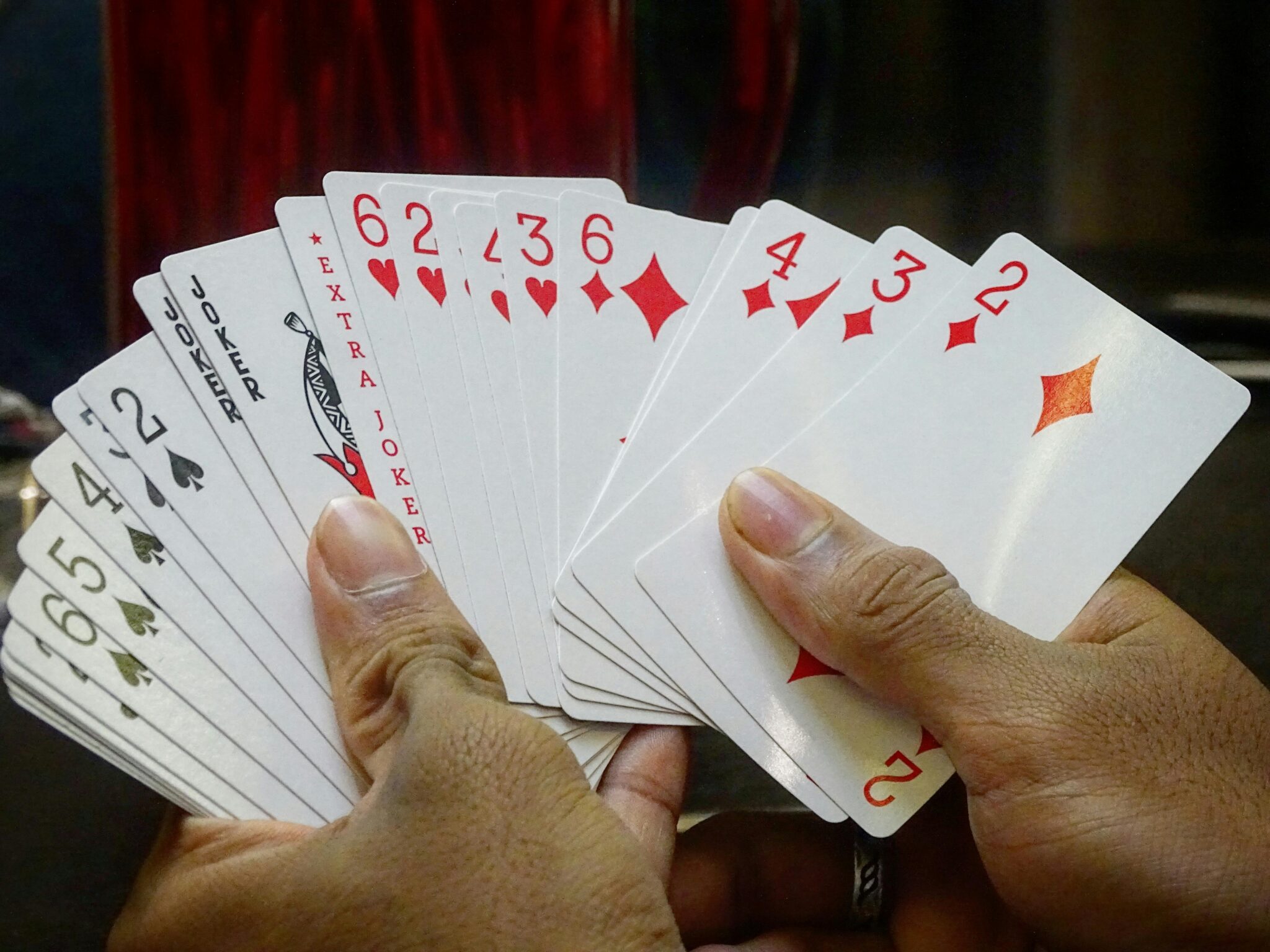Embark on a thrilling card game adventure with the classic game of Canasta, a highly engaging and strategic partnership card game. Diving into the intricacies of Canasta can elevate your game nights to an exciting new level. This guide aims to unravel the basics of Canasta, providing you with a solid foundation to start playing and enjoying this fascinating game swiftly. With focus, practice, and a bit of strategy, you’ll be a Canasta aficionado in no time.
Understanding Canasta: The Game
Originating in Uruguay in the 1940s, Canasta has grown into a global card game phenomenon, cherished by millions. It’s typically played by four players in partnerships, but variations can accommodate 2 to 6 players. The goal? To score points by creating melds of three or more cards of the same rank, with a special emphasis on 7-card melds known as “canastas”.
What You Need to Start
- Two standard decks of 52 cards (including jokers)
- Four players (forming two teams)
- A score sheet and pen for tracking points
- A basic understanding of the rules
The Basics of Gameplay
Canasta combines elements of skill, strategy, and luck. Here’s a quick rundown to get you started:
| Phase | Action |
|---|---|
| Dealing | Each player receives 11 cards, and a discard pile is started with one card face-up. |
| Playing | On their turn, a player draws a card, may lay down melds of three or more cards, and discards one card. |
| Creating Canastas | Melds of seven or more cards count as canastas, scoring higher points. |
| Ending the Round | The round ends when a player discards their last card after making at least one canasta. |
Scoring and Winning
Scoring in Canasta is distinctive because it rewards both the creation of melds and canastas, while also penalizing players for cards left in hand at the end of a round. A game of Canasta typically concludes when a team reaches 5000 points, though players are welcome to set their own victory conditions.
Strategies for Success
- Plan Your Melds: Strategically hold onto cards to create larger melds or canastas.
- Observe Opponents: Keep track of what cards are being picked up or discarded to anticipate their moves.
- Manage Your Hand: Balance between holding cards for bigger melds and reducing the number of unmelded cards in your hand.
- Communication: While silent signals or gestures are often prohibited, understanding your partner’s strategy is key.
Final Thoughts
Canasta is not just a game of chance—it’s a dance of strategy, anticipation, and partnership. Whether you’re a seasoned card shark or a curious newcomer ready to dive into the world of card games, Canasta offers a deeply engaging and rewarding experience. Armed with the basics outlined in this guide, you’re well on your way to mastering Canasta. Remember, practice makes perfect, and the real joy of the game comes from the camaraderie and challenge it brings to your table. Shuffle the deck, deal the cards, and let the fun begin!









